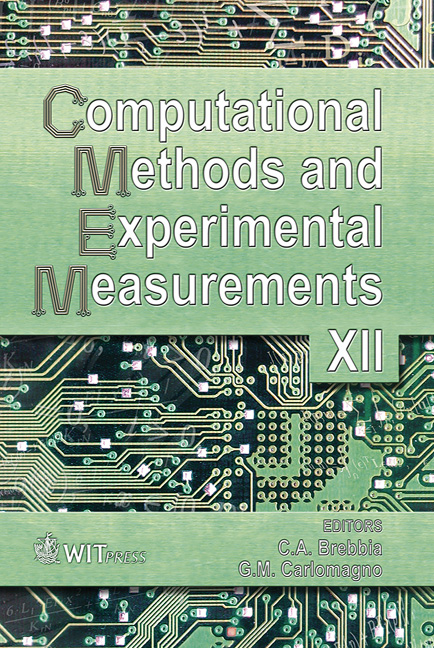The Analysis Of Microstrip Antennas Using The FDTD Method
Price
Free (open access)
Transaction
Volume
41
Pages
10
Published
2005
Size
570 kb
Paper DOI
10.2495/CMEM050591
Copyright
WIT Press
Author(s)
M. Wnuk, G. Różański & M. Bugaj
Abstract
The object of this article is to demonstrate the use of the FDTD method in analyzing planar antennas. Yee’s cell as a basic element of the characteristic of the field in the FDTD method and Yee’s algorithm are presented. The question of source modeling and stimulation of antenna, boundary conditions and method of analysis of planar antennas’ structure are also discussed. Some results of the use of this method have also been presented, as a confirmation of its accuracy and usefulness in the analysis of planar antennas. 1 Introduction Microstrip antennas have been one of the most innovative fields of antenna techniques in the last fifteen years. The main advantages of these antennas are: simplicity of production, small weight, narrow section, and easiness of integration of radiators with feeding system. The basic disadvantages are: narrow band, limited power capacity and insufficient efficiency of radiation. The basic configuration of microstrip antenna consists of a metallic strip printed on a thin, earthed dielectric base. The feeding is realized through concentric cable, run perpendicularly through substrate or strip line run on a substrate in the plane of the aerial. The methods of analysis and projection of microstrip antennas have developed simultaneously with the development of aerials. Nowadays, several methods of analysis of antennas on dielectric surface are being used. However, the most commonly used method is fullwave model that is based on Green function and moment method, where analysis relies on the solution of integral equation, concerning electric field, with regard to unknown currents flowing through elements of antenna and its feeding system.
Keywords





